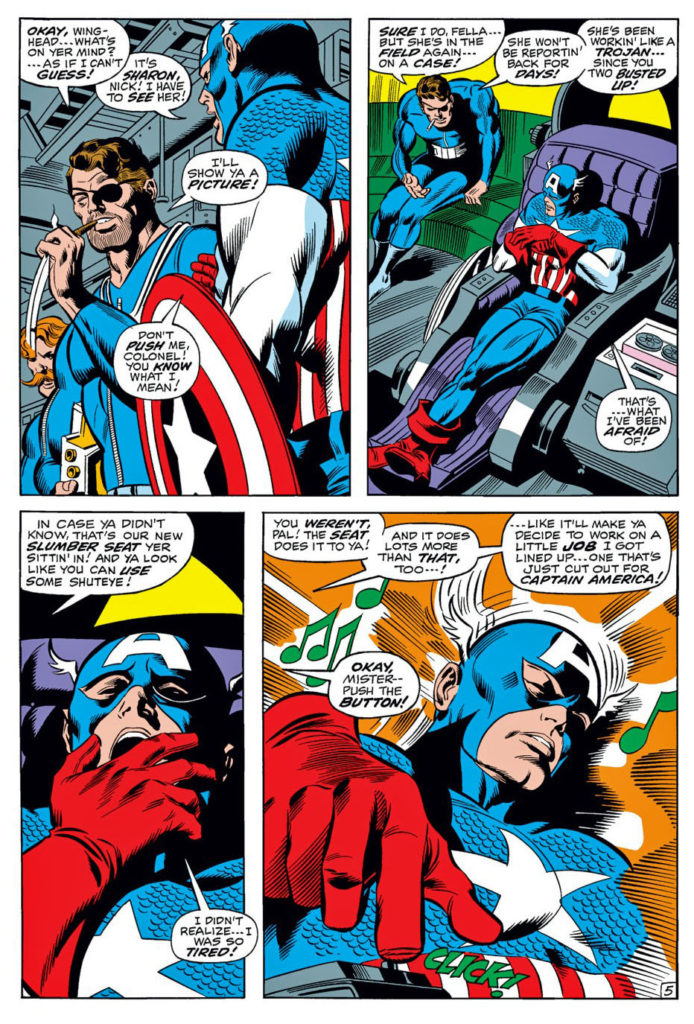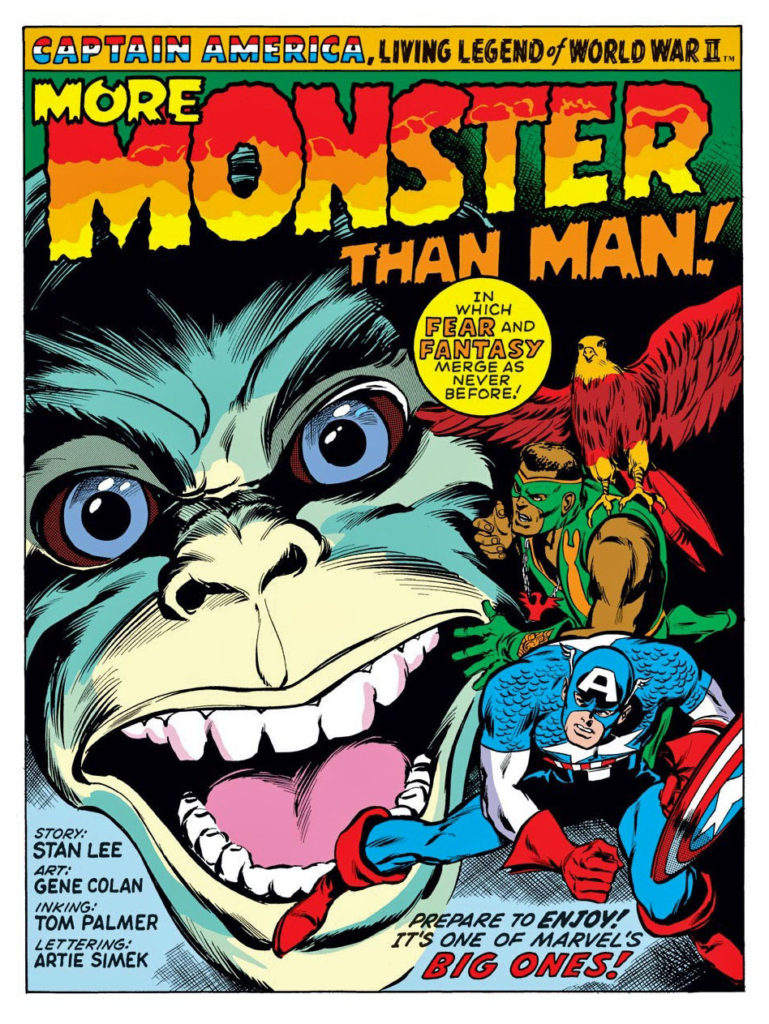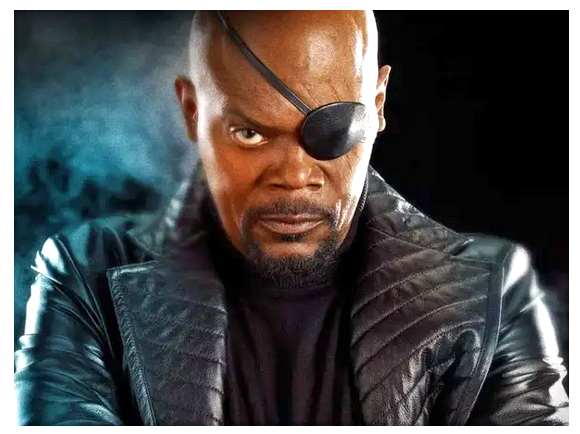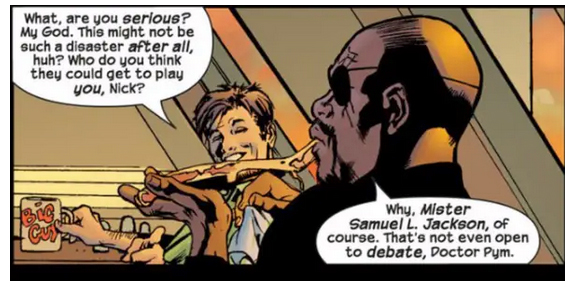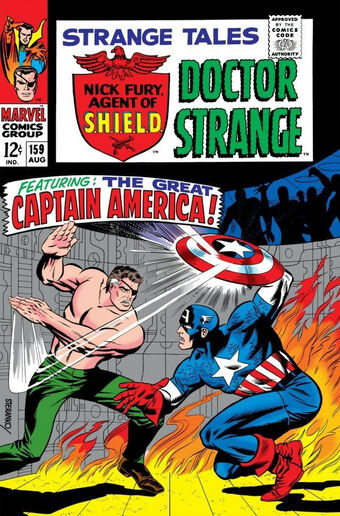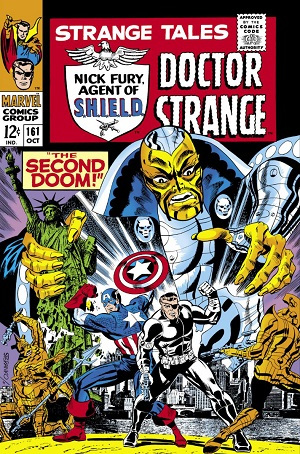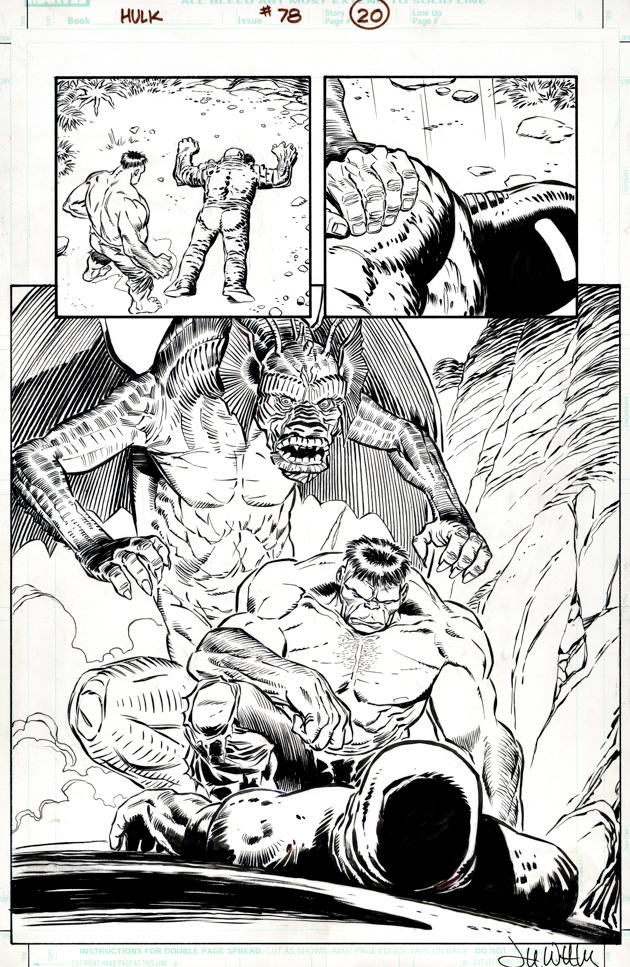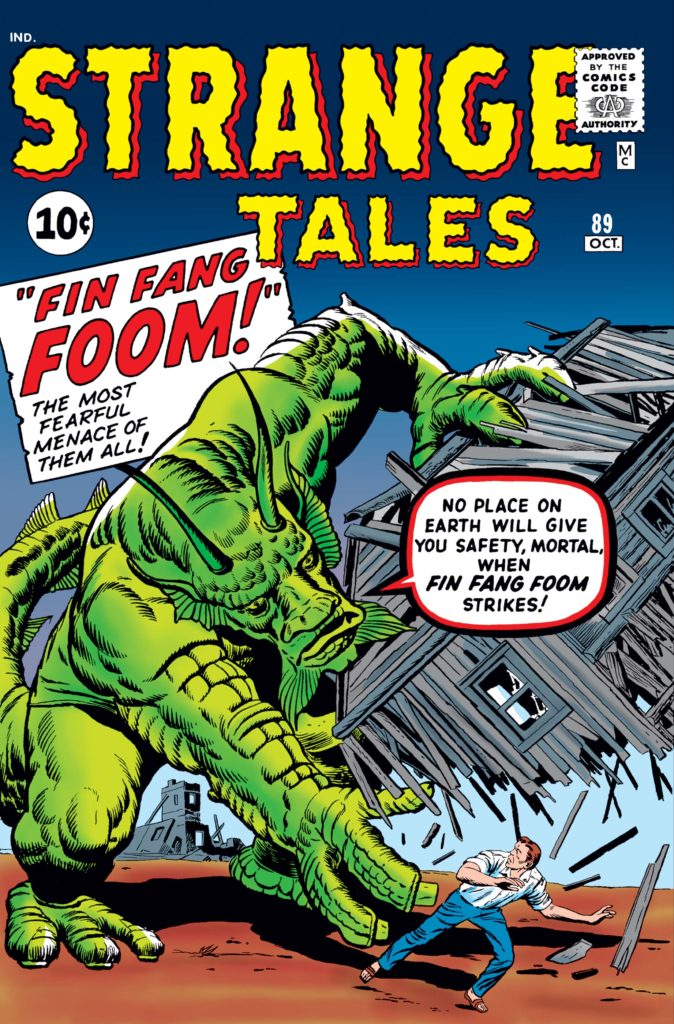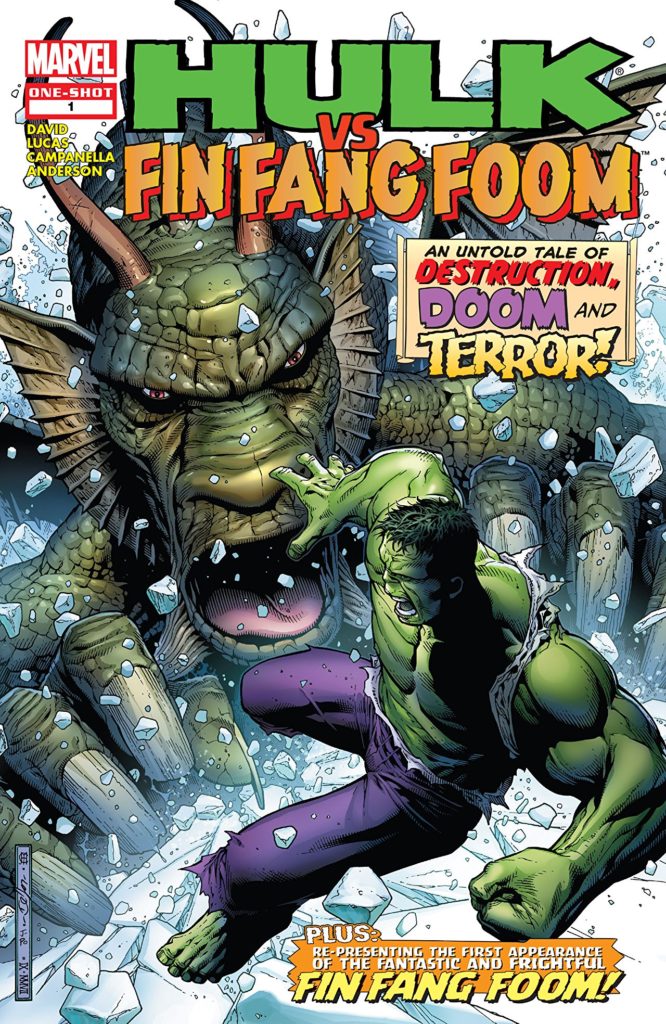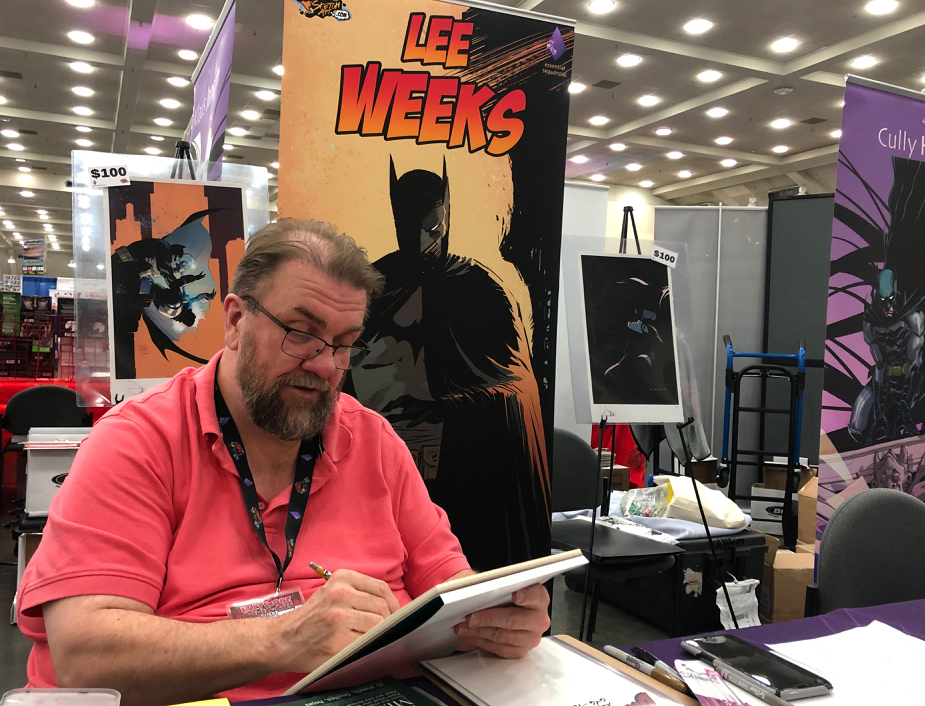Gene Colan — Agent Of Sleep
Captain America #120, December 1969

Concluding our look at SHIELD on the eve of its 55th anniversary.
Gene Colan was a polarizing storyteller when it came to artistic style.
Fans either really loved his work (count me in that group) or didn’t like it at all. I could never figure that out. Of course his work didn’t look anything like the rest of Marvel Bullpen, but that was cool; his dynamic storytelling and extraordinary use of light and shadows was astonishing. To me, at least.
Colan’s run on Captain America came after both Kirby and Steranko, and that was a definite change of pace. But Gene’s reality-defying physics felt like a perfect fit for Cap, Marvel’s own reality-defying super powered acrobat.
Inking Gene Colan was one of the most challenging assignments in comics, but the legendary Joe Sinnott delivers here.
Nick Fury, of course, is the most important supporting character in the Marvel Universe. After Kirby and Steranko’s run was completed, the character couldn’t sustain his own title, but SHIELD was an important part of the entire Marvel Universe, primarily with Captain America in the latter part of the Silver Age.
And of course that dynamic repeats — brilliantly — in the Marvel Cinematic Universe.
And for the record, even though it appears Fury’s up to absolutely no good by hypnotizing Steve Rogers in this scene, he actually did have a higher purpose in mind.
Ultimately it didn’t work. The man is Captain America, after all.


